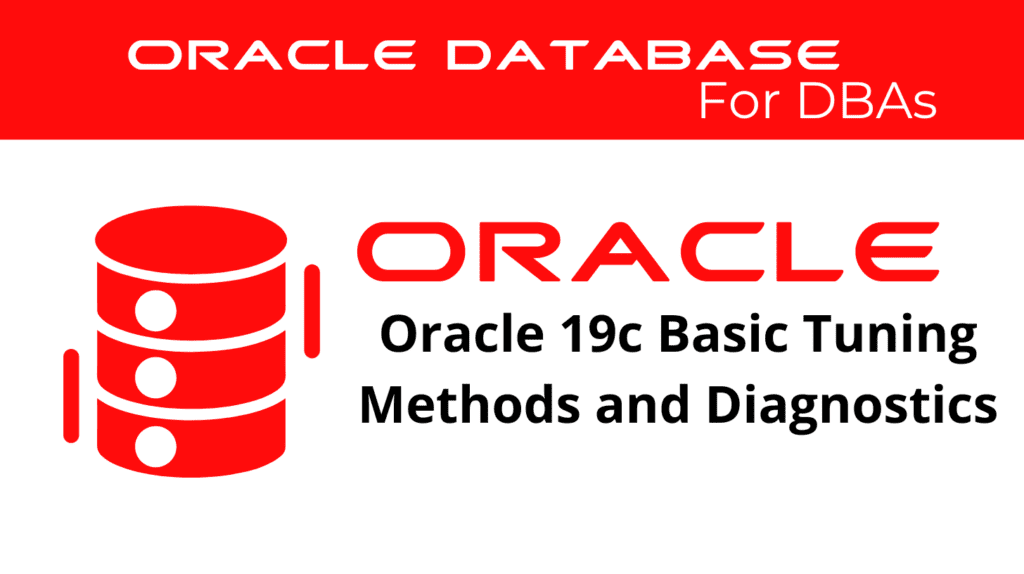
Oracle 19c provides essential tools and techniques for database tuning and diagnostics. This blog will explore basic Oracle Optimization methods and diagnostic techniques to enhance Oracle database performance. Understanding these methods is crucial for maintaining an efficient and high-performing database environment.
Basic Tuning Methods for Oracle
Effective tuning methods are vital for optimizing Oracle Optimization. Here are some key techniques:
SQL Tuning
Optimizing SQL queries is one of the most impactful tuning methods. This involves analyzing and rewriting queries for better performance.
Indexes
Proper indexing can significantly improve query performance. Identify and create necessary indexes while avoiding over-indexing.
Optimizer Statistics
Regularly updating optimizer statistics ensures the Oracle optimizer has accurate data for query execution plans.
Memory Allocation
Allocating sufficient memory to the database can prevent performance bottlenecks. This includes configuring the System Global Area (SGA) and Program Global Area (PGA) appropriately.
Disk I/O Management
Efficient disk I/O management, including spreading data across multiple disks and using RAID configurations, can enhance database performance.
Oracle Diagnostics Techniques
Oracle provides several diagnostic tools and techniques to identify and resolve performance issues:
Automatic Workload Repository (AWR)
AWR collects, processes, and maintains performance statistics. These statistics can be used to diagnose performance issues.
Active Session History (ASH)
ASH provides real-time insights into active sessions, helping to identify performance bottlenecks.
SQL Tuning Advisor
This tool analyzes SQL statements and provides recommendations for optimizing them.
Statspack
Statspack is a set of performance monitoring and reporting utilities that provide detailed performance data.
📢 You might also like: Oracle 19c Tuning Lifecycle Phases (Category: Performance Management and Tuning)
Advantages of Oracle Tuning
Implementing tuning methods and diagnostic techniques provides several advantages:
Improved Performance
Optimizing SQL queries, memory allocation, and disk I/O management enhances overall database performance.
Increased Efficiency
Efficient use of resources, such as memory and disk space, leads to better database performance and cost savings.
Proactive Problem Resolution
Using diagnostic tools like AWR and ASH allows for proactive identification and resolution of performance issues.
Enhanced User Experience
A well-tuned database provides a smoother and faster experience for end-users, leading to higher satisfaction.
Best Practices for Oracle Tuning
To achieve the best results from Oracle tuning methods and diagnostics, follow these best practices:
Regular Monitoring
Regularly monitor database performance using tools like AWR and Statspack to identify and resolve issues promptly.
Update Statistics
Keep optimizer statistics up to date to ensure accurate query execution plans.
Use Indexes Wisely
Create necessary indexes but avoid over-indexing, which can lead to performance degradation.
Allocate Resources Appropriately
Ensure that memory and disk resources are appropriately allocated to avoid bottlenecks.
See more on Oracle’s website!
Conclusion
Understanding and implementing basic tuning methods and diagnostic techniques in Oracle 19c is crucial for maintaining a high-performing database environment. By leveraging these tools and following best practices, organizations can ensure optimal performance, efficiency, and user satisfaction.
Be Oracle Performance Management and Tuning Certified Professional, this world is full of opportunities for qualified DBAs!





